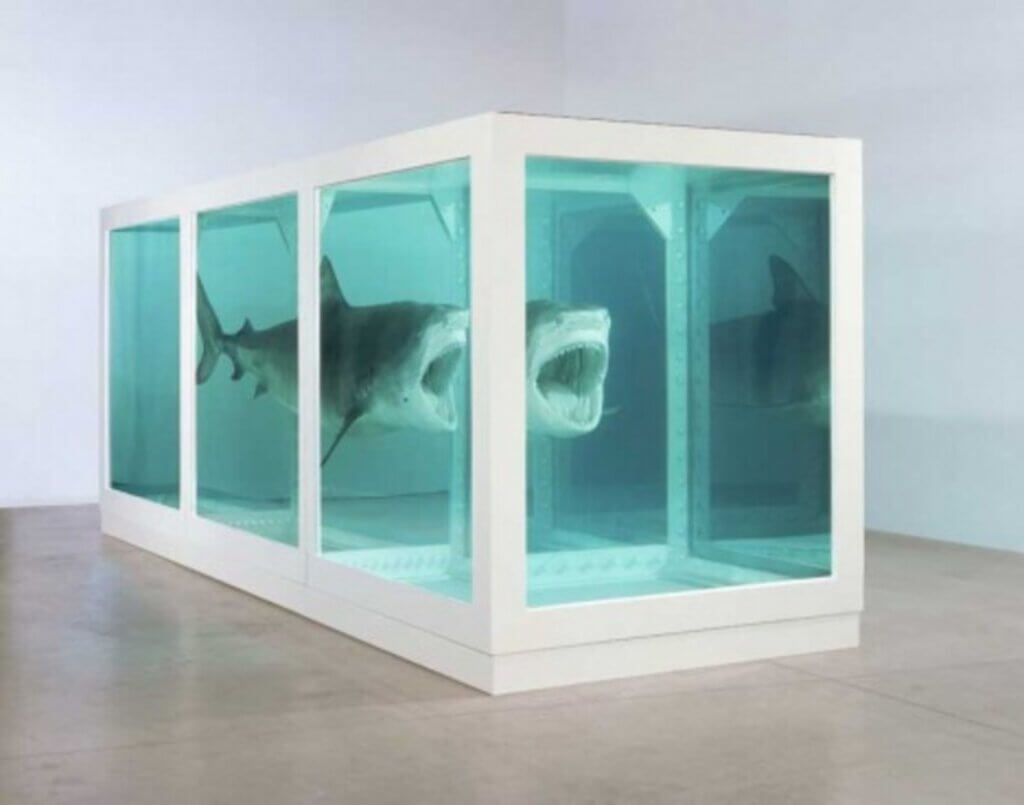For BOOKING please contact info@skeleton-man.com
The Idea of Personal Death
”Death’s rather like a certain kind of lecturer”, the novelist John Fowles said, ”You don’t really hear what is being said until you’re in the front row.”
It is very difficult to facilitate an honest consideration of personal death. Our defence mechanisms run deep and we quickly find ways to belittle the subject or avoid it altogether.

The American psychotherapist and writer, Irvin Yalom, urges us to still make the effort. As challenging and terror inducing the thought of personal death is, as much life appetite and authentic being it roams. In Irvin Yalom’s words:
Although the physicality of death destroys man, the idea of death saves him.
Irvin Yalom (b. 1931)
Thus, if you embark on the journey you have the possibility of discovering a source of deep personal meaning and authentic being.
The notion of death as a border situation

Firstly, awareness of death can serve as a “border” situation that can facilitate a radical rearrangement of life perspective and priorities. Secondly, death is a primary source of anxiety that can cause many self-induced limitations.
With border situation one means an event, an urgent experience, that propels one into a confrontation with our existential “situation” in the world. A confrontation with one’s personal death (“my death”) is the nonpareil boundary situation that has the power to provide a massive shift in the way one lives in the world. An awareness of death shifts one away from trivial preoccupations and provides life with depth and poignancy and an entirely different perspective.
This realisation is experienced among many cancer patients that state that they have discovered, that they only live in the “now” and that life cannot be postponed until sometime in the future. And that there is no added time for the time you don’t use, as some bitterly realise.
States of Being: Forgetfulness or Mindfulness
According to Martin Heidegger (1889-1976) the awareness of our personal death acts as a spur to shift us from one mode of existence to a higher one, from a state of forgetfulness of being to a state of mindfulness of being. When one lives in a state of forgetfulness of being one lives in the world of things and immerses oneself in the everyday diversions of life. One surrenders oneself to the everyday world, to a concern about the way things are.
In a state of mindfulness of being, one marvels not about the way things are, but that they are. In this “ontological mode,” one becomes fully self-aware – aware of oneself as a transcendental (constituting) ego as well as an empirical (constituted) ego; one embraces one’s possibility and limits; one faces absolute freedom and nothingness – and is anxious in the face of them.
This has fundamental implications with regards to personal change. Since it is only in the ontological mode that one is in touch with one’s self-creation, it is only here that one can grasp the power to change oneself.

Recognition of death, therefore, is not an enemy, but an ally on our journey that contributes a sense of poignancy to life. Yet, recognition of personal death is also so overwhelming and anxiety or terror provoking that we will use any excuse to keep the question out of mind.
For instance, we combat anxiety by displacing it from nothing to something; that is, from anxiety of nothing to fear of something. This fear can take many forms. From everyday tasks such as fear of flying or taking the elevator, to serious and important choices. Commitment, for instance, carries with it the connotation of finality and many individuals cannot settle into a permanent relationship because that would mean “this is it,” no more possibilities, no more glorious dreams of continued ascendancy.
Studies suggests that fear of death is not acquired with age, but announces itself early in life and forms a part of our personality structure and the development of several mental defence mechanisms. By developing an idea of death these secondary emotions can be separated from the actual inevitability of death. This phenomena is often recognised with dying people, that reclaims a feeling of power and control by choosing to control those parts of life where they can actually assert an influence. And even if one has lost the ability to control anything, one still has the power to change one’s attitude to one’s faith.
But more often we will revert to two fundamental defence mechanisms against death.
The Belief in Our Own Specialness
We all know that in the basic boundaries of existence we are no different from others. No one at a conscious level denies that. Yet deep, deep down each of us believes that the rule of mortality applies to others, but certainly not to ourselves. “Indeed, Socrates may be mortal,” we say, “still, I am not Socrates,” as a solitary voice in all human beings sound.
The Belief in the Ultimate Rescuer
Another defence strategy is the belief in a power or being that will be there to save us in the end. From the beginnings of written history human kind has clung to the belief in a personal god and no early culture has ever believed that humans were alone in an indifferent world. The belief in an outside saviour does not have to be rooted in a supernatural or magic being, however. Some individuals discover their rescuer in their earthly surroundings, either in a leader or in some higher cause.
Our search for and belief in help being out there somewhere can cause all sorts of self-induced restrictions where one readily sacrifices both large and small areas of personal freedom to maintain the illusion of an ultimate rescuer. For Yalom, however, it is a central motif that all human beings must realize that there comes a time where no explanations, perspectives or outside factors may shield us from the inevitability of death.

We can become workaholics with the subconscious or implicit conviction that we “move forward” and “work our way up.” By projecting ourselves into the future, by making plans and “be on our way” we can keep death at a distance. The project is doomed, however, and at some point we all realise that we have stopped growing up and has begun to grow old. Up till then, life may have seemed an endless upward slope with nothing but the distant horizon in view. But suddenly one has reached the crest of the hill, and there stretching ahead is the downward slope with the end of the road in sight – far enough away, it’s true – but there is death observably present at the end.
As John Donne stated: “And therefore never send to know for whom the bell tolls. It tolls for thee.” Irvin Yalom adds:
Death cannot be ignored in any extensive venture of self-exploration, because a major task of the mature adult is to come to terms with the reality of decline and diminshment. When the illusion of immortality collapses, many individuals feel that had they only known, truly known this earlier, they would have lived differently.
Irvin Yalom
But if you manage to develop a healthy and reflected relation towards death, you increase your life appetite. Moreover, a sense of fulfillment, a feeling that life has been well lived, mitigates against the terror of death. Friedrich Nietzsche stated it succinctly:
What has become perfect, all that is ripe – wants to die. All that is unripe wants to live. All that suffers wants to live, that it may become ripe and joyous and longing – longing for what is further, higher, brighter.
Friedrich Nietzsche (1844-1900)
And despite one’s current feelings and thoughts it is not necessary that one experience forty years of whole, integrated living to compensate for the previous forty years of shadow life. Even a few intense days can motivate an existential change where one retrospectively floods one’s entire life with meaning.
Exercise
According to Irvin Yalom it is not difficult to discover the nature of death:
The method is deep personal reflection. The conditions are simple: solitude, silence, time, and freedom from the everyday world. If we can brush away or “bracket” the everyday world, if we reflect deeply upon our “situation” in the world, upon our existence, our boundaries, our possibilities, if we arrive at the ground that underlies all other ground we invariably confront the givens of existence, the “deep structures.”
To this end, Yalom mentions an exercise that can facilitate the idea of personal death.
On a blank sheet of paper draw a straight line. One end of the line represents your birth; the other end, your death. Draw a cross to represent where you are now. Mediate upon this for five minutes. This short, simple exercise almost invariably evokes powerful and profound reactions.
With those last words of advise from Irvin Yalom we conclude this introduction to death as an ultimate concern. If this post has warmed you to the existential tradition you can find more blog posts on Yalom’s thoughts on freedom and personal responsibility, existential isolation and meaninglessness here.
I also warmly encourage you to head directly to Irvin Yalom whose book “Existential Psychotherapy” from 1980 this blog post is based on. Irvin Yalom is a goldmine of inspiration and my biggest hope with this blog post is really for the reader to go straight to him. There is no substitute for his works.
The Skeleton-Man Show Death: The High Price of Living
In my new show Death: The High Price of Living I introduce the audience to the existential tradition. You can find more information about the show here that is specifically targeted educational institutions and companies, for instance, as a fun and engaging event at the yearly company art club assembly.
For BOOKING please contact info@skeleton-man.com
